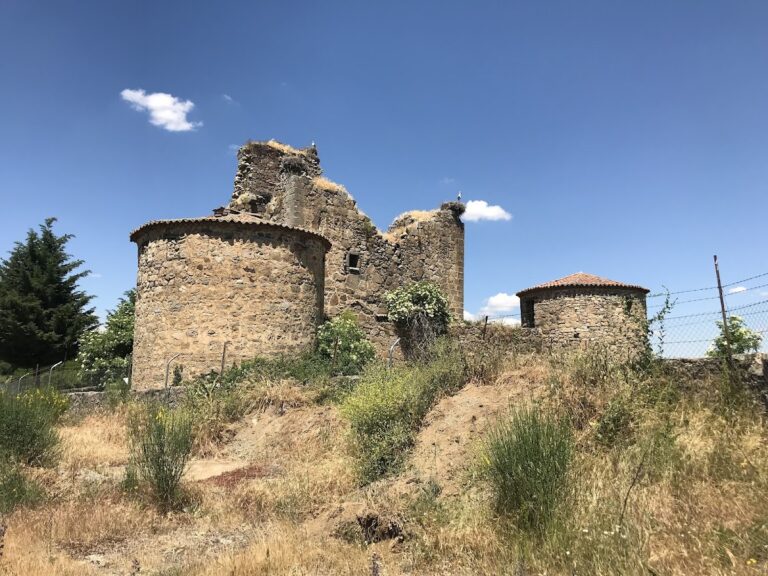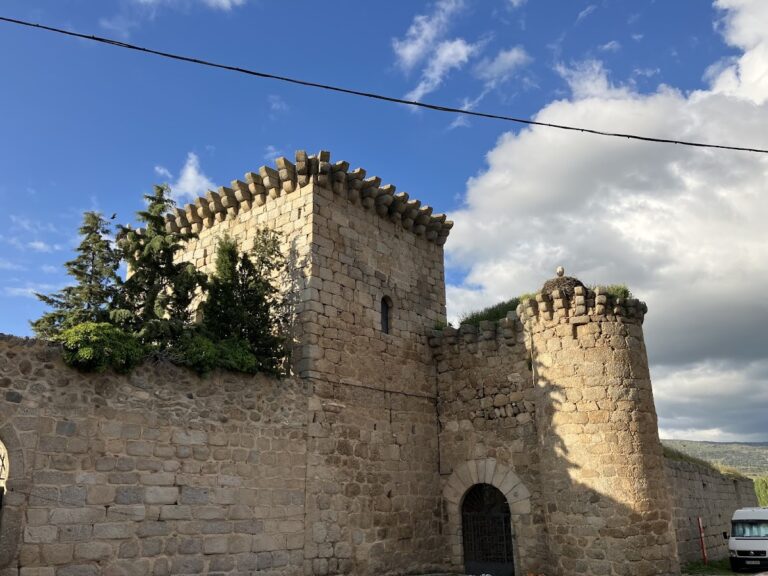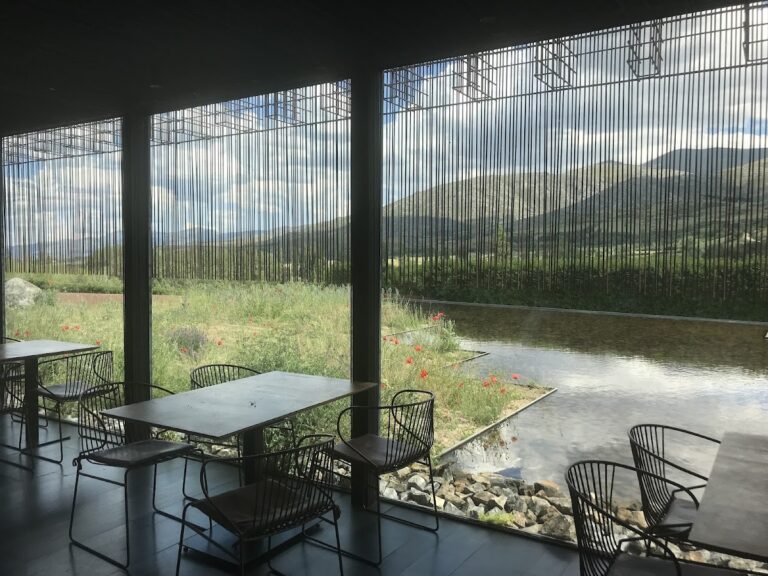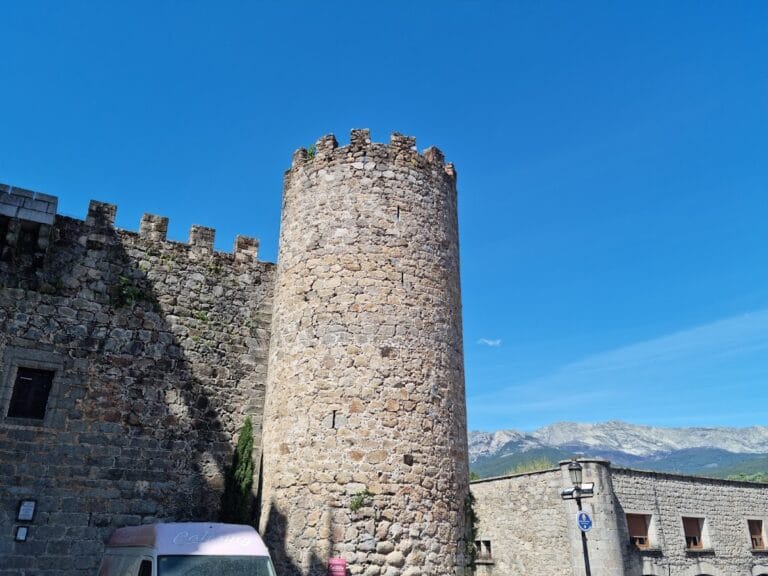Castle of El Mirón: A Medieval Fortress in Spain
Visitor Information
Google Rating: 4.6
Popularity: Low
Google Maps: View on Google Maps
Country: Spain
Civilization: Unclassified
Remains: Military
History
The Castle of El Mirón is situated in the municipality of El Mirón in Spain. Although precise details about who originally constructed the castle remain unknown, its location within the territory historically ruled by the Señorío de Valdecorneja places it in the context of medieval Castilian nobility.
The Señorío de Valdecorneja was established in 1254 by King Alfonso X of Castile for his brother Felipe. This lordship took its name from the Corneja River valley that the castle overlooks. About a century later, King Enrique II of Castile granted the lordship, together with Oropesa, to García Álvarez de Toledo. García Álvarez de Toledo became the founder of the House of Alba, a noble family that played a significant role in Spanish history, notably after receiving the town of Alba de Tormes from King Juan II of Castile. Although the castle carries the name of the House of Alba, there are no specific historical records detailing the castle’s construction, its role under the Alba family, or the circumstances surrounding its eventual disassociation from them.
In recent times, the castle is held in collective ownership by the local community. Since 1949, the site has been recognized as an Asset of Cultural Interest in Spain, affording it legal protection as a cultural heritage monument.
Remains
The Castle of El Mirón is located atop a hill within the village it overlooks, ensuring a commanding view over the Corneja River valley below. Its layout follows the natural edges of a plateau, enclosing a considerable area that once served defensive purposes. The castle’s walls stand approximately one meter thick and were constructed by combining masonry with a mortar core. The outer faces of these walls are finished with carefully placed stonework. Along one section, the walls feature narrow vertical slits known as loopholes, which functioned as openings through which defenders could observe or fire upon attackers while remaining protected.
At the highest and most isolated point of the enclosure rises a rectangular tower built with roughly cut stones called sillarejo, a traditional method involving unshaped or irregular stones. The corners of this tower are reinforced with squared stones known as sillares, which provide structural strength. This tower has two floors and includes window openings that would have provided light and ventilation as well as vantage points. The preserved state of the castle allows clear identification of these structural elements, confirming its defensive function and architectural style typical of medieval fortifications.
Known also as the Castle of the Moors, this military structure dominates the surrounding landscape, perched among rocky outcrops within the village. Its solid stone construction and commanding position attest to its role in regional defense and lordship control during the Middle Ages. The castle’s current status as a protected monument reflects its historical and archaeological importance to Spain’s heritage.










